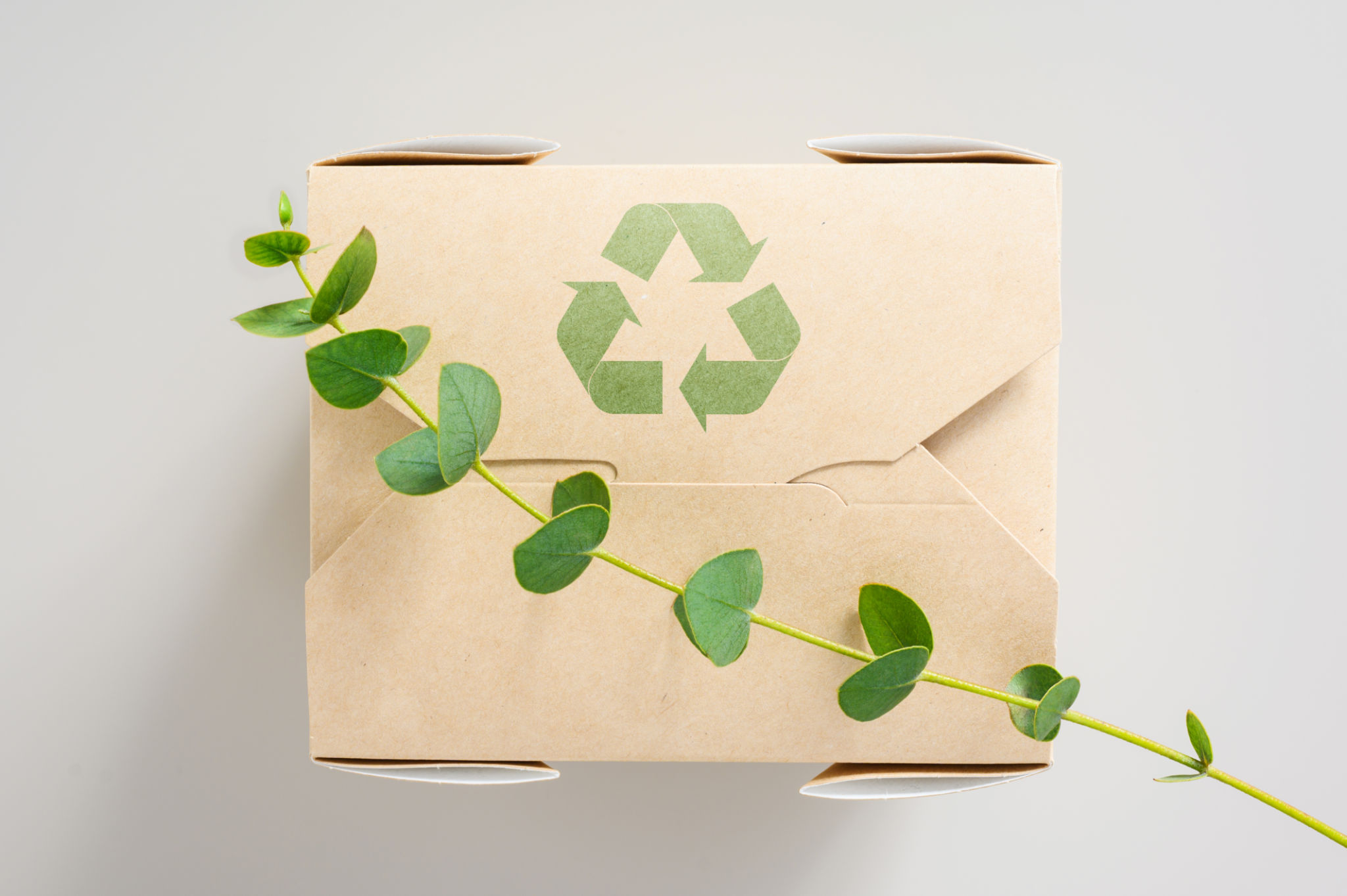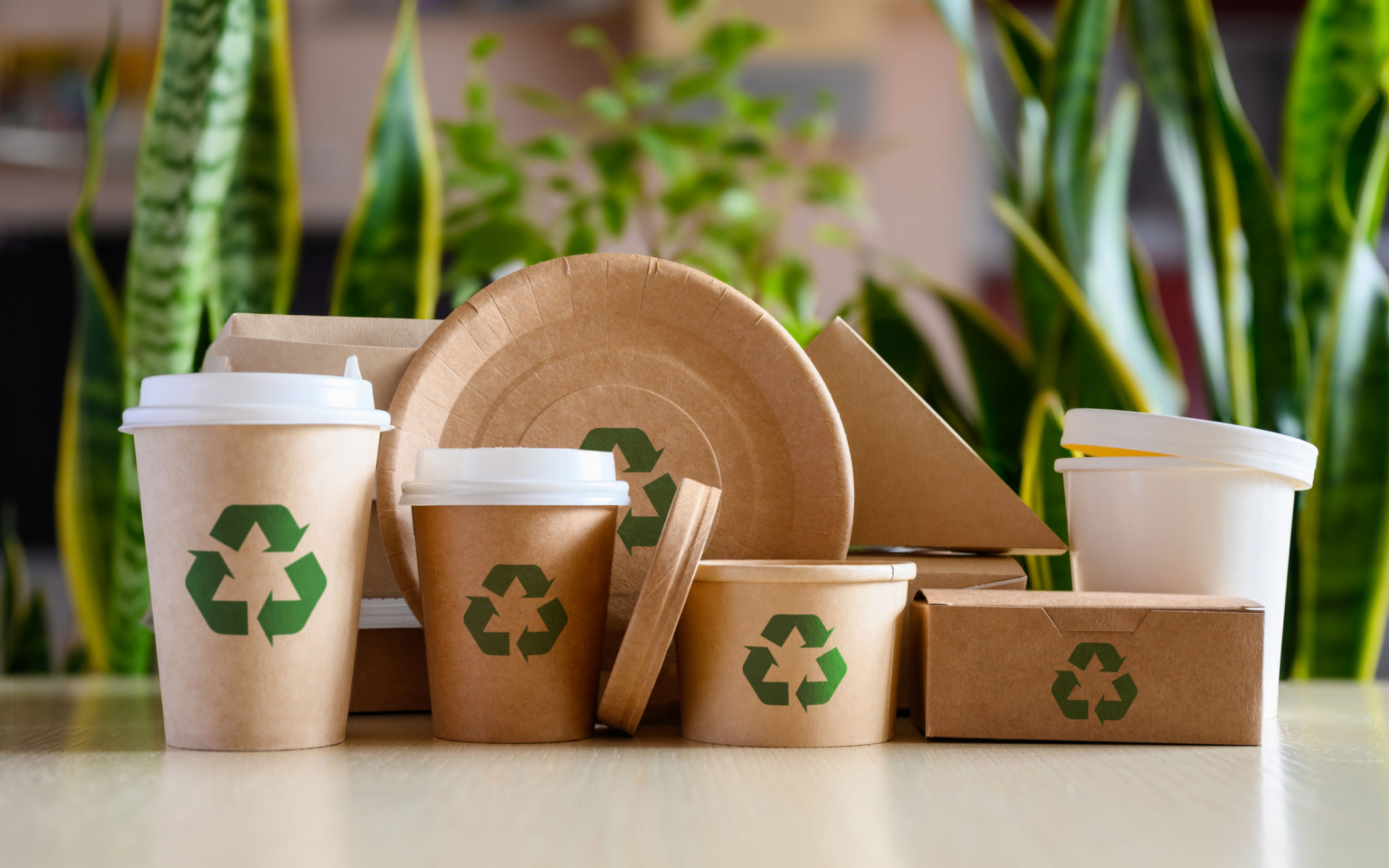Myth-Busting: Common Misconceptions About Sustainable Packaging
Understanding the Basics of Sustainable Packaging
The concept of sustainable packaging is often misunderstood, leading to confusion among consumers and businesses alike. At its core, sustainable packaging aims to reduce environmental impact through thoughtful design and material selection. However, there are several common misconceptions that prevent more widespread adoption of these practices.

Myth 1: Sustainable Packaging Is Always More Expensive
One of the most prevalent myths is that sustainable packaging is prohibitively expensive. While it's true that some eco-friendly materials may come with a higher upfront cost, the long-term savings and benefits often outweigh these initial expenses. By reducing waste and improving efficiency, businesses can see a significant return on investment. Additionally, increased demand and advancements in technology are steadily driving down costs.
Myth 2: All Biodegradable Materials Are Created Equal
Another common misconception is that all biodegradable materials are equally eco-friendly. In reality, not all biodegradable products break down at the same rate or under the same conditions. Some require specific industrial composting facilities to decompose properly. It's important for consumers to understand the differences and choose products that align with their environmental goals.

Myth 3: Recycled Materials Are of Lower Quality
Many people believe that recycled materials are inferior in quality compared to new ones. This is a significant misconception as technological advancements have greatly improved the quality of recycled materials. Today, many recycled products meet or even exceed the standards of their non-recycled counterparts, offering durability and performance while reducing environmental impact.
Myth 4: Sustainable Packaging Is Limited in Design Options
Some assume that choosing sustainable packaging means compromising on design and aesthetic appeal. However, this couldn't be further from the truth. The industry has seen a surge in innovative designs that marry functionality with aesthetics, providing businesses with numerous options to maintain brand identity while being environmentally responsible.

Myth 5: Plastic Alternatives Are Always Better
The transition away from single-use plastics has led some to believe that all plastic alternatives are inherently better for the environment. While many alternatives do offer environmental benefits, it's essential to consider the entire lifecycle of the material. Some alternatives may require more resources to produce or may not be easily recyclable, diminishing their overall sustainability.
Why Busting These Myths Matters
Dispelling these myths is crucial for fostering a more informed public and encouraging broader adoption of sustainable practices. By understanding the nuances of sustainable packaging, consumers can make better choices that support environmental goals, and businesses can leverage these insights to innovate and thrive in a competitive marketplace.
Ultimately, embracing sustainable packaging solutions is not just an ethical choice but a strategic one. As awareness grows and misconceptions are debunked, more companies will find opportunities to enhance their sustainability efforts, benefiting both the planet and their bottom line.
